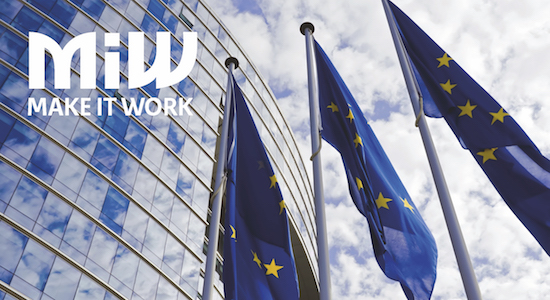Environmental Governance
Our Work
Latest in Environmental Governance
-
Towards sustainable urban development: city data and indicators
Expert insights show how urban data indicators are evolving
-
Access IEEP’s definitive guide to European environmental policy
The award-winning Manual of European Environmental Policy is now available on IEEP’s website. This archive provides free access to the definitive guide to the development of European environmental policy.
-
The Manual: Chapter 3 - Climate change
This is a chapter of IEEP’s Manual of European Environmental Policy. This chapter on EU climate change policy outlines the initial EU programme to stabilise CO2 emissions in the EU with explanations of the directives, decisions and legislation that were employed to improve energy efficiency and reduce emissions.
-
The Manual: Chapter 2 - Air quality
This is a chapter of IEEP’s Manual of European Environmental Policy. This chapter focuses on EU air quality policy. The policy field is extensive and contains many directives that impose standards, provisions and developments of air quality management and regulation.
-
The Manual: Chapter 1 - Policy framework
This is a chapter of IEEP’s Manual of European Environmental Policy. In this chapter, the reader is introduced to European environmental policy, EU institutions and agencies, and the development of EU treaties.
-
The Manual: Chapter 4 - Industrial pollution
This is a chapter of IEEP’s Manual of European Environmental Policy. This chapter provides information on EU industrial pollution policy, which outlines and discusses the legislation in place to minimise the negative effects of harmful substances and pollutants on the environment and human health.
-
EU waste law: the challenge of better compliance
Waste management in the EU is improving, but implementation by the Member States of EU waste legislation remains patchy. This paper makes suggestions on how better compliance could be achieved.
Related

Make it Work project for smarter EU environmental law
The Make it Work project is an initiative of the Netherlands, UK and Germany, supported by IEEP, to deliver higher quality EU environmental law and so help deliver the benefits of that law.

Charting Europe’s Environmental Policy Future
Advancing the debate on the future strategic framework of EU environmental policy by analysing the needs, priorities and delivery mechanisms of a 7th EAP.
